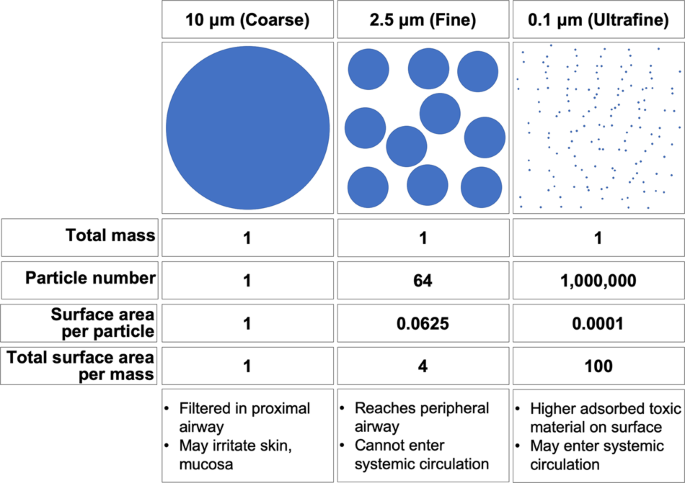From your first link:
Some sources of PM1 are naturally occurring, such as mineral fragments and aerosols from sea spray.1 But by far, the majority of airborne PM1 originates from human activity, such as:
- emissions from factories and other industrial activity
- vehicle exhaust
- tire particles from vehicle use
- smoke from wildfires or indoor wood-burning
Because human activity makes up the bulk of PM1 sources, densely populated urban areas, especially those with busy roadways or industrial facilities, are especially prone to PM1 pollution as well as other types of particle pollution.
Note that vehicle exhaust is only one of many sources of PM1 and that it's disingenuous to blame it all on vehicle exhausts. FWIW, the highest PM1 pollution in London is actually found in the Underground, not on the roads, and the highest PM2.5 (according to your link, an estimated 75% of which is PM1) at the surface in London seems to be recorded near where the Underground runs on the surface.
Better mask up, people

www.timeout.com



